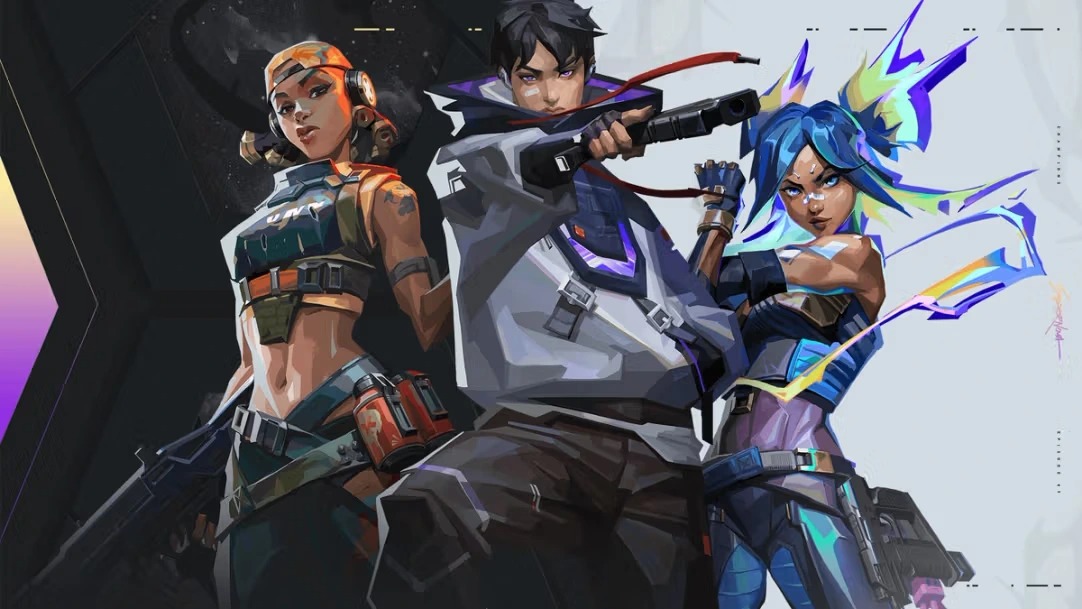With Patch 10.05, Riot Games introduced a new ranked rollback system in VALORANT — a move meant to improve competitive integrity by refunding lost Rank Rating (RR) when a confirmed cheater is found in a match. However, while the intention seems player-focused, the actual implementation reveals a series of limitations and frustrations that have ignited community-wide debate.
How the Ranked Rollback System Works
The system activates when Riot detects a confirmed cheater in a ranked match. Affected players receive a notification in-client and are refunded their lost RR. However, the rollback only applies to lost RR, not to RR gains, and often takes days or even weeks to process. Additionally, the match remains in the player’s history and can break ongoing win streaks with no compensation for momentum or time lost.
What Are the Limits on Rollback?
A major point of contention is whether there is a limit on how much RR can be refunded. According to reports, there appears to be a cap — possibly tied to each Act — on how much RR can be restored. Riot has not publicly defined this threshold, creating confusion and dissatisfaction among competitive players.
Even in matches where cheaters were confirmed and banned, some users report receiving no RR at all, raising questions about consistency.
Community Reaction: A Step Forward or a Half-Measure?
Across platforms like Reddit and X (formerly Twitter), players are divided. Some applaud the rollback concept as a necessary fix to an old problem. Others label it a “Band-Aid on a bullet wound,” citing poor transparency and inconsistent compensation.
While VALORANT’s ranked rollback system shows Riot’s commitment to fairness, the limited functionality, delay in execution, and lack of transparency leave much to be desired. Until these issues are addressed, the community remains skeptical about whether this system truly supports competitive integrity.


